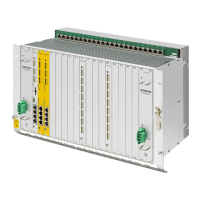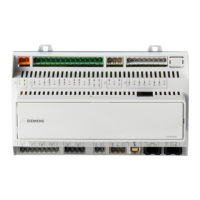Machine manufacturer
Please refer to the machine manufacturer's instructions. The interpolation of the LEAD and
TILT angles can be set differently using machine data.
Syntax
Rotation of tool orientation and tool
The type of tool orientation relative to the path is activated using ORIPATH or ORIPATHS.
N... ORIPATH Activate type of orientation relative to the path
N... ORIPATHS Activate type of orientation relative to the path with
smoothing of the orientation characteristic
Activating the three angles that can be rotated:
N... LEAD= Angle for the programmed orientation relative to the
surface normal vector
N... TILT= Angle for the programmed orientation in the plane,
vertical to the path tangent relative to the surface
normal vector
N... THETA= Angle of rotation relative to the change of orienta‐
tion in the tool direction of the third rotary axis
The values of the angles at the end of block are programmed using LEAD=value,
TILT=value or THETA=value. In addition to the constant angles, polynomials can be
programmed for all three angles up to the 5th degree.
N... PO[PHI]=(a2, a3, a4, a5)
N... PO[PSI]=(b2, b3, b4, b5)
N... PO[THT]=(d2, d3, d4, d5)
Polynomial for the leading angle LEAD
Polynomial for the tilt angle TILT
Polynomial for the angle of rotation THE‐
TA
The higher polynomial coefficients, which are zero, can be omitted when programming.
Example: PO[PHI]=a2 results in a parabola for the LEAD angle.
Meaning
Tool orientation relative to the path
ORIPATH: Tool orientation in relation to path
ORIPATHS
:
Tool orientation in relation to path, blips in the orientation characteristic are smoothed
LEAD: Angle relative to the surface normal vector in the plane that is defined by the path tangent
and the surface normal vector
TILT: Rotation of orientation in the Z direction or rotation about the path tangent
THETA: Rotation about the tool direction toward Z
PO[PHI]: Orientation polynomial for the LEAD angle
Work preparation
3.9 Transformations
NC programming
Programming Manual, 12/2019, 6FC5398-2EP40-0BA0 689

